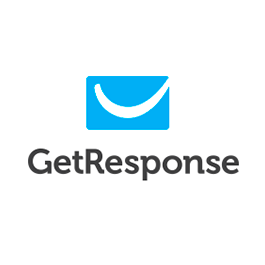How We Focused On Email Marketing And Grew 30% YoY
This is a follow up story for Ugly Duckling. If you're interested in reading how they got started, published about 6 years ago, check it out here.
Hello again! Remind us who you are and what business you started.
Hi, I’m Ishan Dutta and I’m the founder of Ugly Duckling Hair Color. I started the company more than 5 years ago to create better professional hair color products.

Our main focus is very vibrant, fashionable colors. Especially all manner of blonding products. There’s a great demand right now among women to go really, really white blonde, silver-blonde, ash blonde. And we’re the company which provides the best products in this niche.
We are a direct to consumer brand and that is another differentiating factor. Most professional hair products are sold into beauty stores, Sally’s, and the like. But we just ask you to create your own account online and we ship directly to you.
Another major point of difference about us is that we are there to solve your coloring problems....

Download the report and join our email newsletter packed with business ideas and money-making opportunities, backed by real-life case studies.

Download the report and join our email newsletter packed with business ideas and money-making opportunities, backed by real-life case studies.

Download the report and join our email newsletter packed with business ideas and money-making opportunities, backed by real-life case studies.

Download the report and join our email newsletter packed with business ideas and money-making opportunities, backed by real-life case studies.

Download the report and join our email newsletter packed with business ideas and money-making opportunities, backed by real-life case studies.

Download the report and join our email newsletter packed with business ideas and money-making opportunities, backed by real-life case studies.

Download the report and join our email newsletter packed with business ideas and money-making opportunities, backed by real-life case studies.

Download the report and join our email newsletter packed with business ideas and money-making opportunities, backed by real-life case studies.

































